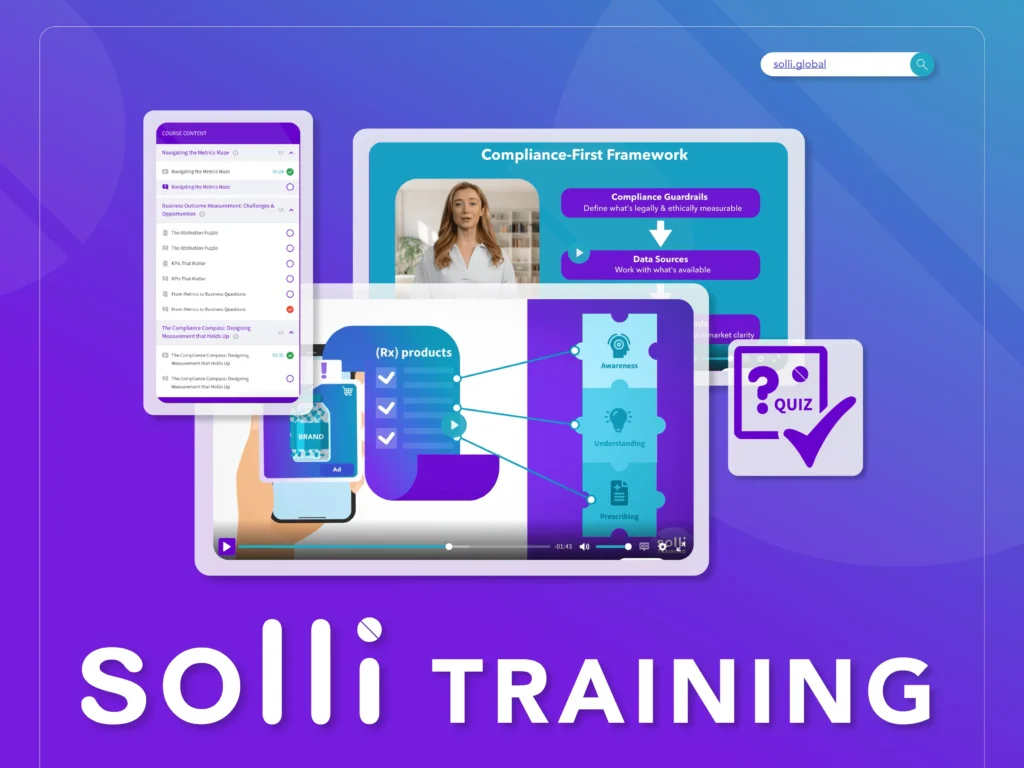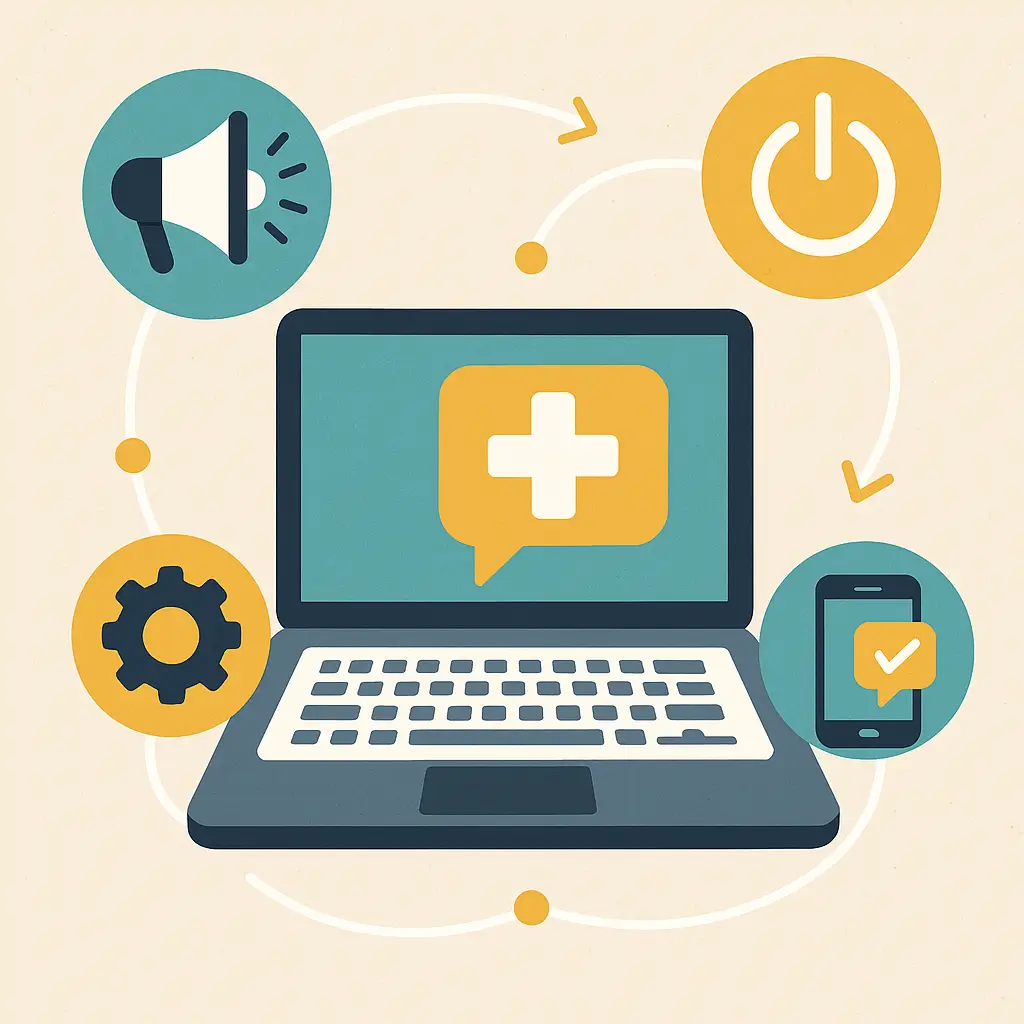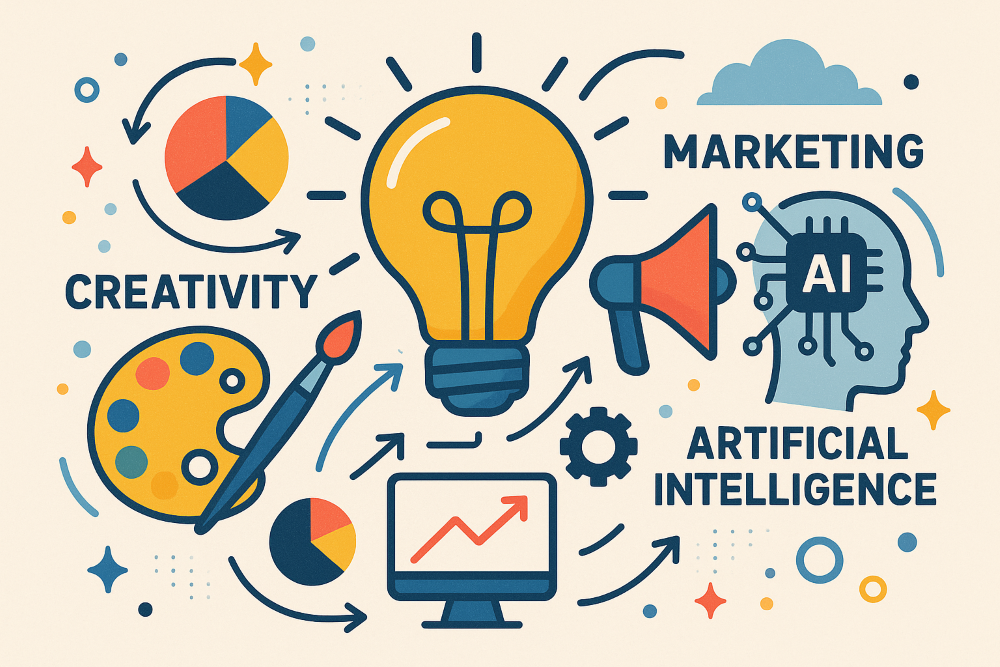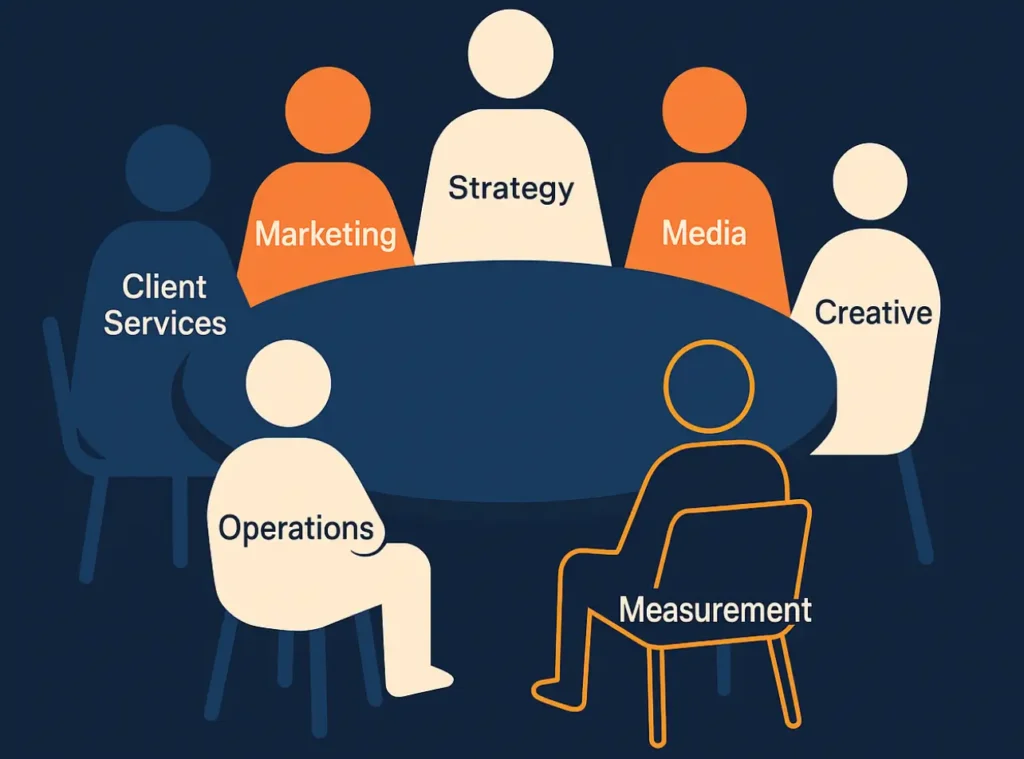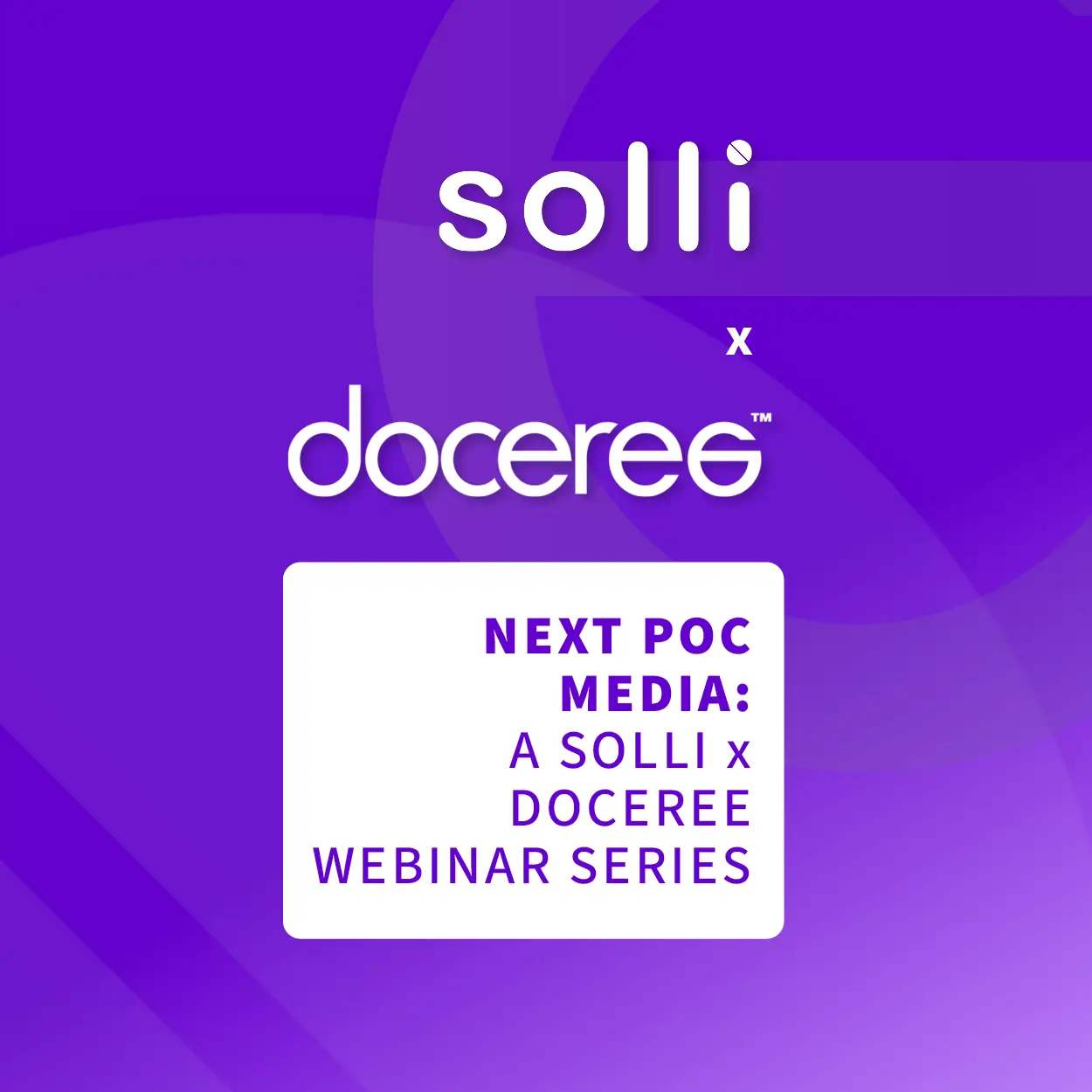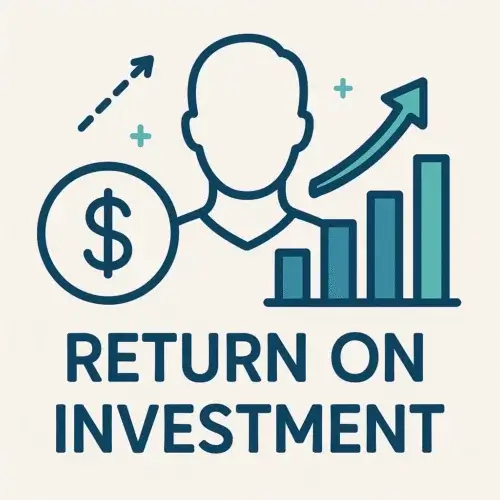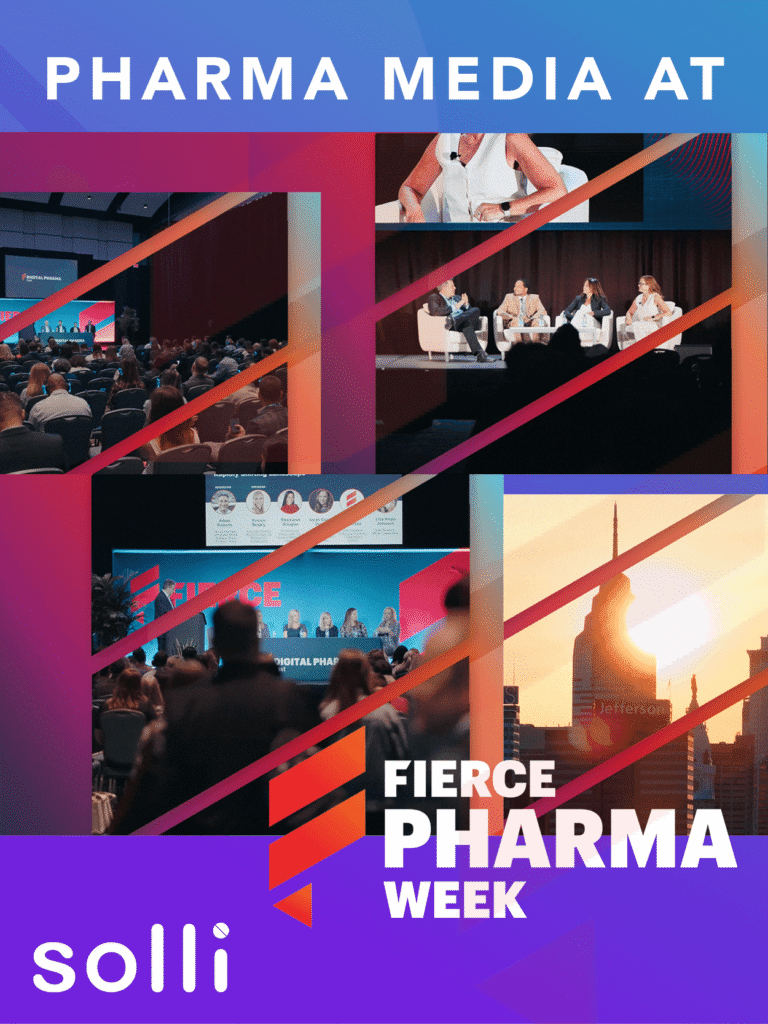What is Meta Marketing and Why is Pharma Missing Out?
The future of marketing has arrived, and pharma is still stuck in the waiting room.

While consumer brands are already building synthetic influencers, AR-powered try-ons, and AI-driven brand worlds, pharma continues to play it safe: static banners, uninspired patient sites, and educational videos locked behind login screens.
It’s time to stop calling this caution. It’s inertia.
Pharma boasts the opportunity to be truly innovative as we consider how to engage doctors and/or patients all while addressing the highly regulated space we reside. The future of marketing is outpacing the regulations currently in place so let’s go out their and influence other industries with truly immersive marketing.
Meta Marketing. A new paradigm built not just on technology, but on how that technology is reshaping human perception, interaction, and trust. According to Philip Kotler’s ‘Marketing 6.0: The Future is Immersive’, brands must now craft experiences that are intelligent, emotional, multisensory, and spatial. And while most industries are embracing this shift, pharma has not. Should that change?
What Is Meta Marketing?
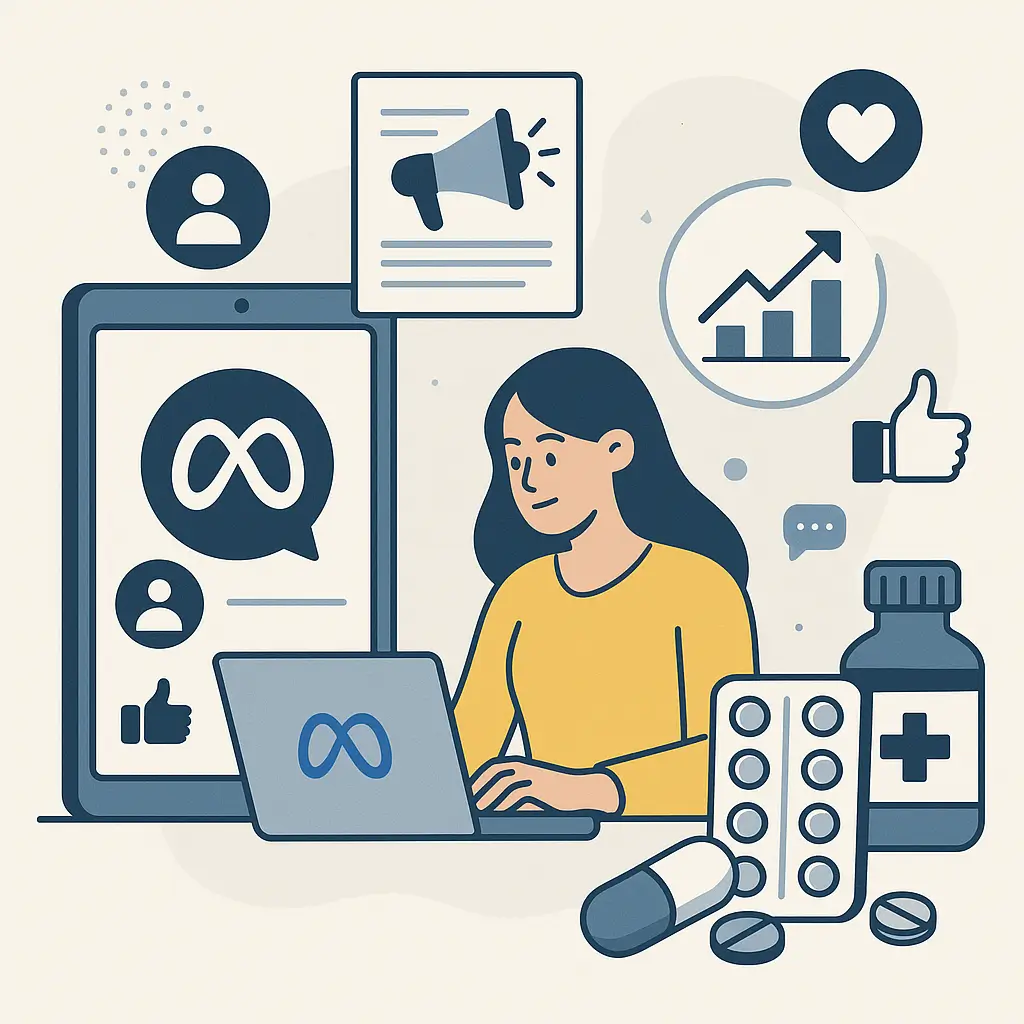
Meta Marketing is the evolution of marketing into immersive, intelligent, and emotionally resonant experiences. It leverages technologies like AI, augmented reality, and spatial computing to go beyond traditional channels and meet people in multidimensional, interactive ways.
But Meta Marketing isn’t just about the tools. It’s a mindset shift:
- From campaigns to simulations
- From communication to co-creation
- From attention-grabbing to emotion-anchoring
In pharma, that means creating brand ecosystems that don’t just inform; they involve. Experiences that guide, comfort, and activate patients and HCPs alike. Interactions that feel alive, contextual, and human.
But What About Regulation?
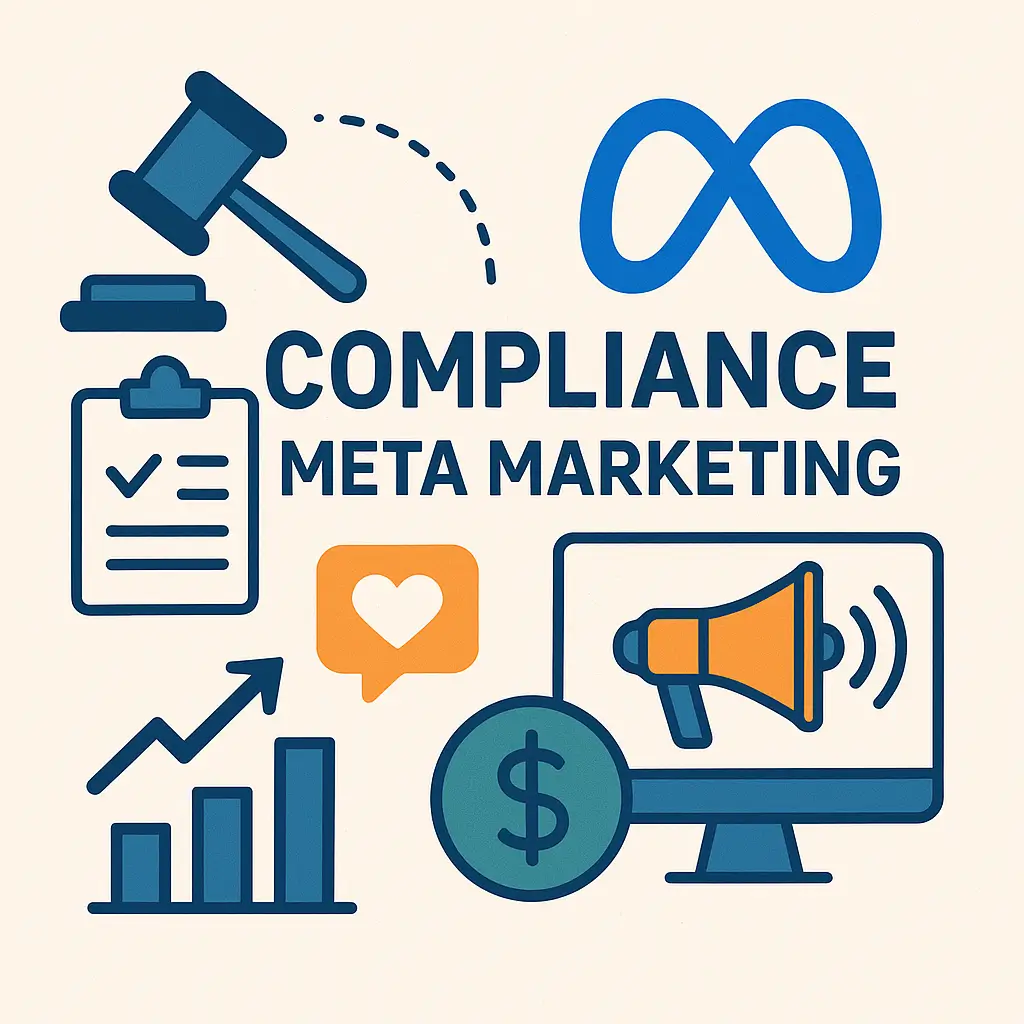
Yes, pharma is regulated. Yes, compliance matters.
But that doesn’t mean innovation stops. It means we innovate within boundaries, not avoid them entirely.
Some of the most meaningful Meta Marketing examples are safer than traditional approaches:
- Do not overpromise; simulate the patient experience.
- No need for dense disclaimers; contextualize them spatially.
- Finally grow with sales reps by augmenting their presence intelligently.
Meta Marketing works with regulation to reimagine how compliance can co-exist with creativity.
5 Ways Pharma Can Use Meta Marketing Today – Inspiration meets plausibility.
- AR Symptom Visualizers for Early Awareness
Help potential patients and caregivers visualize the invisible symptoms of chronic conditions. For example, an AR filter or immersive microsite that lets someone experience what neuropathic pain feels like, more than just what it is.
It’s empathetic, educational, and non-branded. And it opens the door to earlier conversations.
- Spatial Adherence Coach for Patients
Create an at-home, spatial experience where patients interact with a virtual guide to learn proper medication routines, see impact over time, and get contextual reminders.
Adherence is about building habits. This feels more like a partner than a pamphlet.
- Immersive HCP Onboarding Tool for Rare Disease
Instead of a 45-page PDF, imagine onboarding HCPs through a narrated, spatial journey inside the body. Show how a rare disease progresses and how your therapy intervenes at key moments.
It simplifies complexity and leaves a stronger memory trace. Informing, turned immersive.
- Caregiver Emotional Companion Experience
Develop a guided, AI-driven experience that helps caregivers process the emotional and logistical challenges of supporting someone with a chronic or terminal illness. Consider mood check-ins, voice-based prompts, and AR med tracking.
Caregivers are often overlooked. This adds humanity and utility without pushing product.
- Augmented Booth Experience at Medical Congresses
Don’t just hand out brochures. Let HCPs experience your MoA, clinical trial simulations, or patient journeys through interactive holograms, guided walkthroughs, or mixed-reality demos.
You create buzz, build memory, and demonstrate leadership while remaining scientific.
The future will be felt.
You already have the science. Now it’s time to tell stories that feel as transformative as the therapies themselves.
This piece was written by Lloyd Lottner, founder of hiroxr

